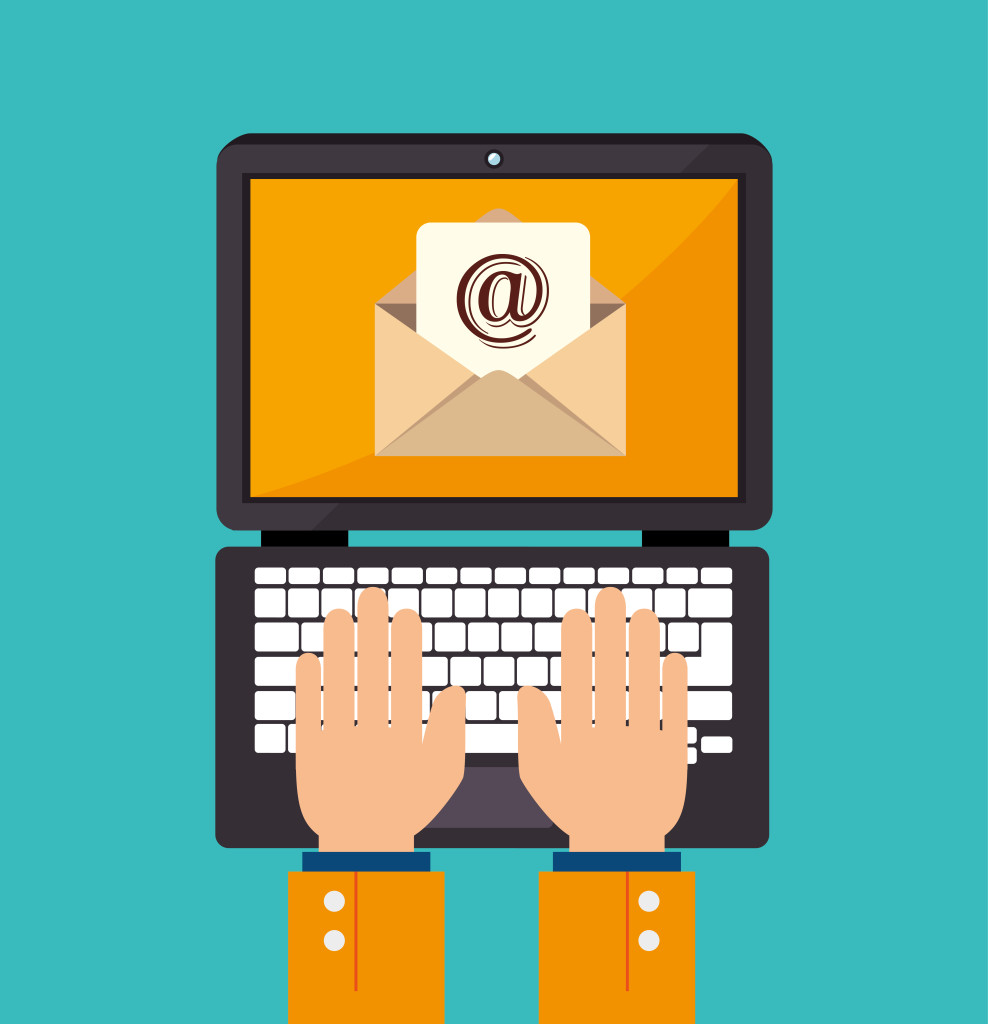Here’s something you already know: a solid email marketing campaign is essential to any company, small or large. Now here’s something you may not know: not all emails are created equal.
Businesses send emails for a variety of reasons. Whether it be a lead nurturing program to cultivate sales, or news/promotions to engage your current audience, an email is worth nothing if no one is reading it.
There are a few things you can do to help avoid the dreaded automatic delete or – even worse – the unsubscribe button.
Subject Lines
Contrary to popular belief, subject lines should be short and sweet, and describe what can be found in the email. Arguably, the best subject lines tell what’s inside, while the worst sell what’s inside. In fact, 33% of email recipients open email based on the subject line alone. Let that sink in.
You want to give your audience insight and a reason to open, without writing like an advertisement. If your subject line describes the content of the email, and the content is rich and engaging, your subject line will make your audience want to read the email – without having to be sold on it.
Structure
So you got your audience to open your email, great! Now what? The structure of the email, how your images and text are visually laid out, is almost as important as the actual content of the email. Let’s face it, we are a visual people. Opening an email with a huge block of text will do nothing but deter users. A combination of images with small, biteable text content and formatting, such as headings, will help your audience to not only digest the information, but also read through your entire email.
Content
Content is King (or Queen, heyy) when it comes to any piece of marketing – email marketing is no exception. Since content is so important to your campaign, we’re breaking it down into 2 parts: images and text.
Images
No matter how eloquently written or intriguing your written content is, we are naturally drawn to images before reading anything. Repeat after me: Images. Are. Mandatory.
Inserting relevant images alongside text is a great way to make emails look professional and visually appealing. Don’t forget to insert on-brand colours and text where possible to create a strong brand association throughout your content.
Text
This is the tricky part: the actual CONTENT of the email. The meat and potatoes. The tofu and veggies. You know what I mean. One question you should always be asking when putting an email together is: who cares?
First and foremost, your email should have a singular purpose to avoid mixed messaging: is this a newsletter, or a promotion email? Next, ask yourself the key question: who cares? Let’s say your company is having a HUGE sale: who cares? ME. I do. Send me that email immediately.
If you are sending a newsletter, make sure each piece of news is relevant and interesting. Always put yourself in the shoes of your audience and ask yourself if this is information that you actually care about – especially if you don’t work for your company. Finally, as with the subject line, keep emails short and sweet.
Calls To Action
A Call-To-Action (CTA) refers to the type of behaviour you want your audience to follow after reading your email. Whether your goal is to push purchases, send traffic to the website, or encourage social sharing – you want to make that goal clear and easy by the end of the email content.
Including a clear call to action – Shop Now! Check out our Blogs! – directing your audience where you want them to go will help to deliver on the overall goal of your email.
Need help elevating your email marketing campaign? Give us a shout – it’s kind of our thing.



